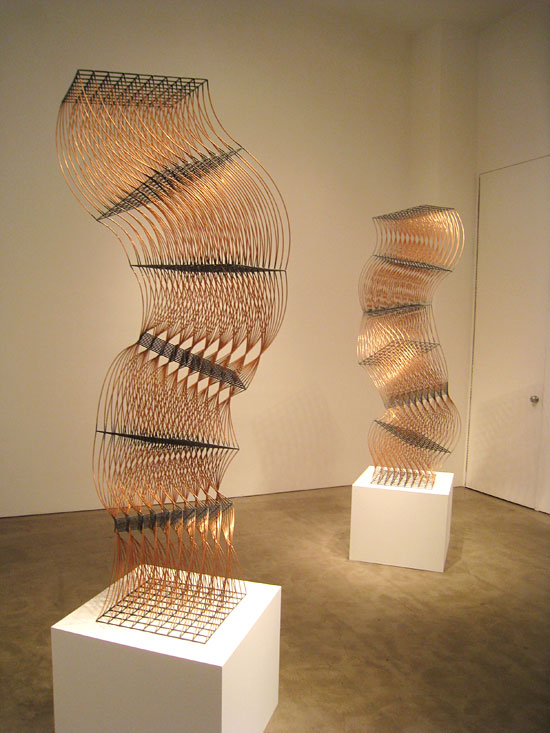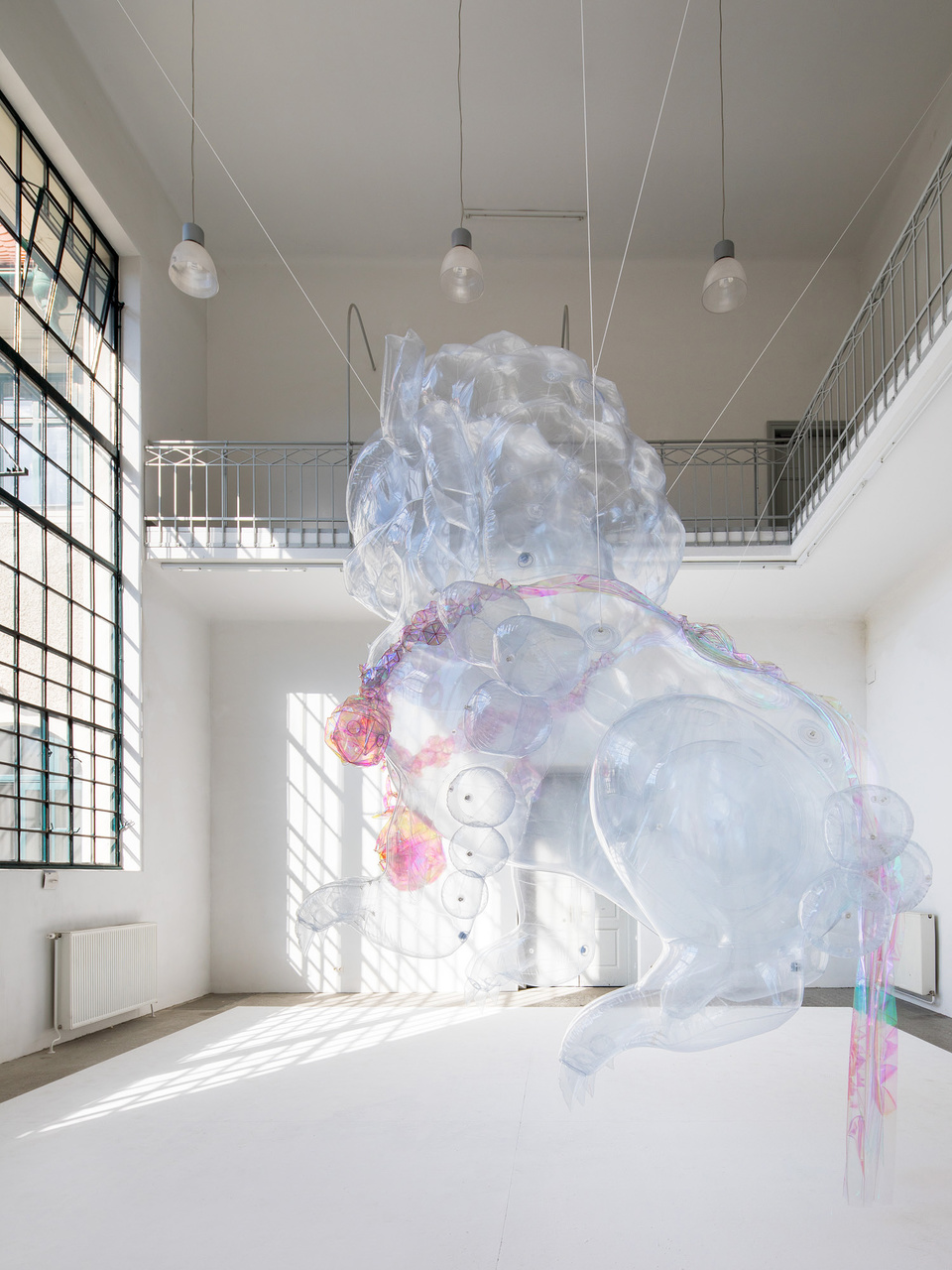
DESIGN STUDIO EMERGING OBJECTS
设计工作室新兴对象
Saltygloo
American studio Emerging Objects 3D-printed this pavilion using salt harvested from San Francisco Bay. “The structure is an experiment in 3D printing using locally harvested salt from the San Francisco Bay to produce a large-scale, lightweight, additive manufactured structures,” said Ronald Rael and Virginia San Fratello of additive manufacturing startup Emerging Objects. They explained that 500,000 tonnes of sea salt are harvested each year in the San Francisco Bay Area using power from the sun and wind. “The salt is harvested from 109-year-old salt crystallisation ponds in Redwood City,” they said. “These ponds are the final stop in a five-year salt-making process that involves moving bay water through a series of evaporation ponds. In these ponds the highly saline water completes evaporation, leaving 8-12 inches of solid crystallised salt that is then harvested for industrial use.”








